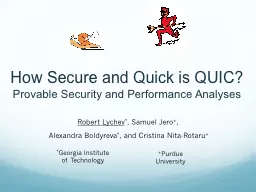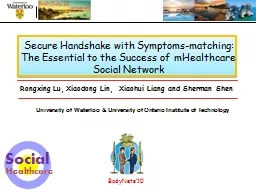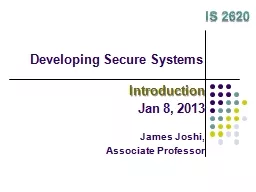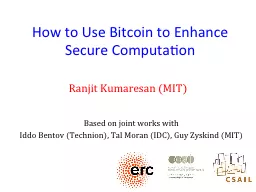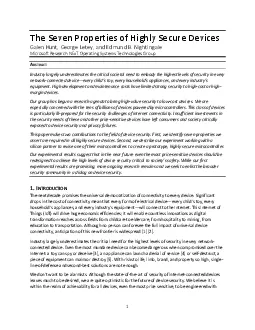PPT-How Secure and Quick is QUIC?
Author : reportssuper | Published Date : 2020-07-01
Provable Security and Performance Analyses Robert Lychev Samuel Jero Purdue University Georgia Institute of Technology Alexandra Boldyreva and Cristina
Presentation Embed Code
Download Presentation
Download Presentation The PPT/PDF document "How Secure and Quick is QUIC?" is the property of its rightful owner. Permission is granted to download and print the materials on this website for personal, non-commercial use only, and to display it on your personal computer provided you do not modify the materials and that you retain all copyright notices contained in the materials. By downloading content from our website, you accept the terms of this agreement.
How Secure and Quick is QUIC?: Transcript
Download Rules Of Document
"How Secure and Quick is QUIC?"The content belongs to its owner. You may download and print it for personal use, without modification, and keep all copyright notices. By downloading, you agree to these terms.
Related Documents

